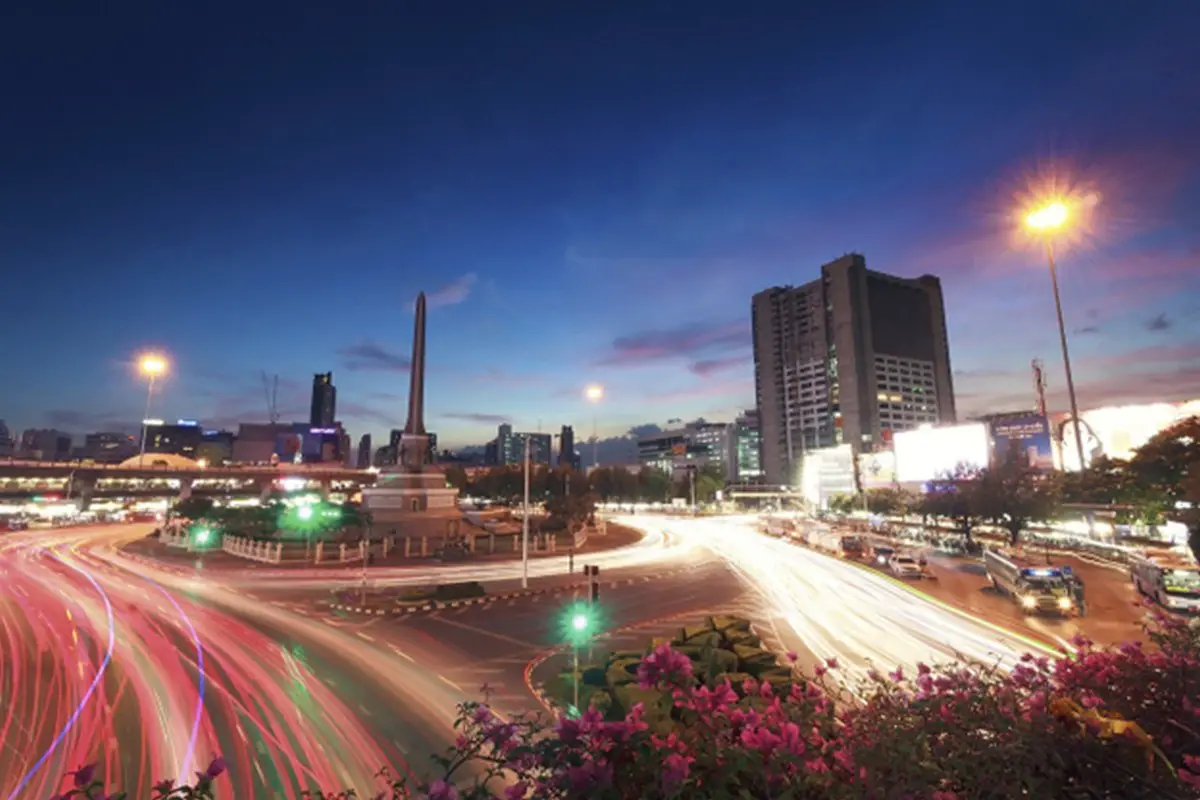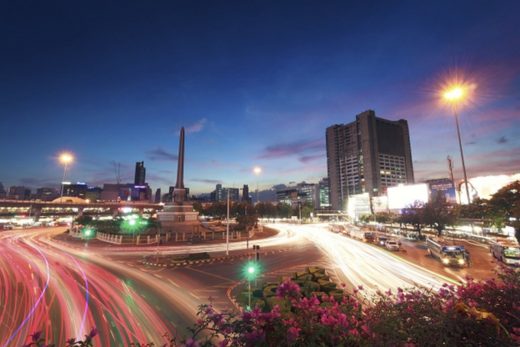What future cities will look like, Minimising urban truck accidents through design, Security design guide, Public space protection advice
What Future Cities Will Look Like: Minimising Urban Truck Accidents Through Design
29 April 2024
Imagine a city where the boom of truck horns and the screech of brakes are relics of the past, replaced by a seamless ballet of autonomous vehicles and smart traffic systems. As we edge into this reality, cities around the globe are gearing up for transformative changes that will significantly reduce urban truck accidents.
Innovations such as roadway sensors, AI-driven traffic management, and self-driving vehicles are not just visions. They are already taking shape in some urban landscapes today.
This progressive union of technology and city planning holds the promise to redefine our streets’ safety standards.
The Role of Autonomous Trucks in Enhancing Urban Safety
Autonomous trucks are set to become the linchpins in the quest for safer city infrastructures. These vehicles, equipped with advanced sensors and AI algorithms, can anticipate and react to traffic conditions more swiftly than human drivers. This capability markedly reduces the chances of collisions and accidents caused by human error.
By integrating these trucks into urban transport systems, cities can expect a significant downturn in traffic incidents, making roads safer not just for the truck drivers but for every commuter sharing the road.
A major aspect of this improvement involves addressing truck accident blind spots, which will further enhance overall road safety.
Indeed, in years to come, roads could become so safe, that there may be little need for a truck accident lawyer! But in the meantime, if you are involved in a truck accident, remember that a personal injury lawyer who has expertise and experience in this type of accident could help you gain compensation.
Smart Traffic Management Systems: The Backbone of Future Cities
Urban traffic management is evolving beyond traditional lights and signs, stepping into the era of smart systems that leverage AI and real-time data analytics. These innovative frameworks predict traffic patterns, adjust signals dynamically, and manage vehicle flows based on immediate needs and unexpected conditions.
This responsiveness not only enhances efficiency but also substantially cuts down the risk of accidents involving trucks.
Through continuous monitoring and adaptation, these systems ensure that heavy vehicles move smoothly through densely populated cityscapes with minimal disruptions and safety hazards.
Roadway Sensors: The Unsung Heroes in Urban Safety
Embedded within the infrastructure of future cities, roadway sensors play a crucial role in minimising truck accidents. These small yet powerful devices collect data on traffic density, road conditions, and vehicle speeds, feeding this information into central AI systems that manage urban flow.
By alerting trucks and other vehicles to potential hazards or congestion ahead, these sensors pre-emptively avert accidents.
Their continuous operation and real-time feedback loop create a safer, more predictable environment for all city dwellers and commuters.
Envisioning the Safer Cityscapes of Tomorrow
Future cities will exhibit a blend of innovation and practicality, transforming urban landscapes into safer, more efficient spaces.
Picture roads lined with sleek digital signage that updates in real-time; guiding autonomous trucks and electric vehicles alike through bustling city centres.
We can expect to see:
- Pedestrian Priority Zones. Areas with high foot traffic are closely monitored by sensors, automatically adjusting nearby traffic flows to ensure pedestrian safety.
- Integrated Vehicle-to-Infrastructure Communication. Every vehicle communicates seamlessly with road signals and other infrastructural elements to optimise route planning and avoid congestion.
- Green Corridors. Dedicated lanes for zero-emission vehicles promote environmental sustainability alongside safety.
These integrated systems do not merely adjust to the city’s rhythm but actively shape it, reducing potential points of conflict between different road users. As these technologies become ubiquitous, the cities of tomorrow will not just look different; they will feel fundamentally safer.
Fewer accidents mean less congestion, quicker emergency responses, and a more harmonious co-existence of urban life and heavy-duty transport jobs. This synergy is the cornerstone upon which future urban safety standards will be built.
Comments on this guide to What Future Cities Will Look Like: Minimising Urban Truck Accidents Through Design article are welcome.
Gardens Articles
Gardens Posts
Best way to build small retaining wall with sleepers

Top 3 factors for planning new landscape design

Most beautifully designed botanical gardens in the US
How to choose the right greenhouse for your garden
How to Take Care of Your Growing Plants in the Garden
Building
Architecture Articles
Comments / photos for the What Future Cities Will Look Like: Minimising Urban Truck Accidents Through Design page welcome






